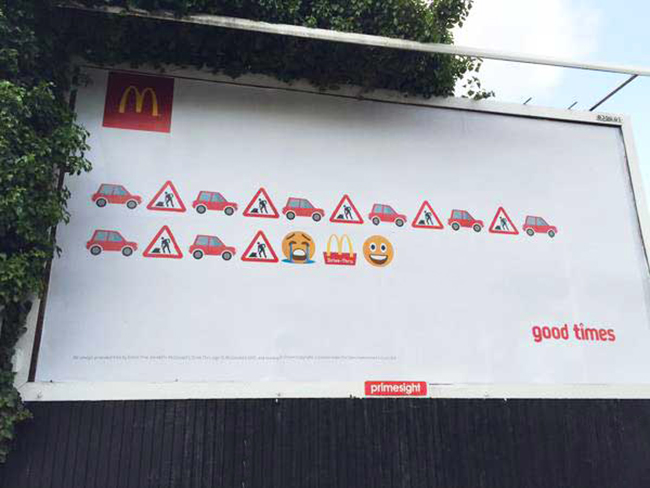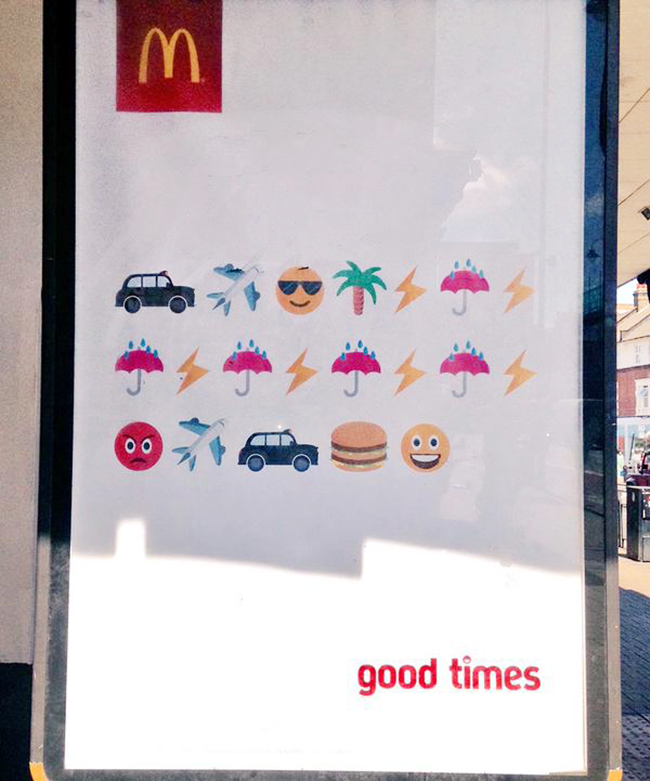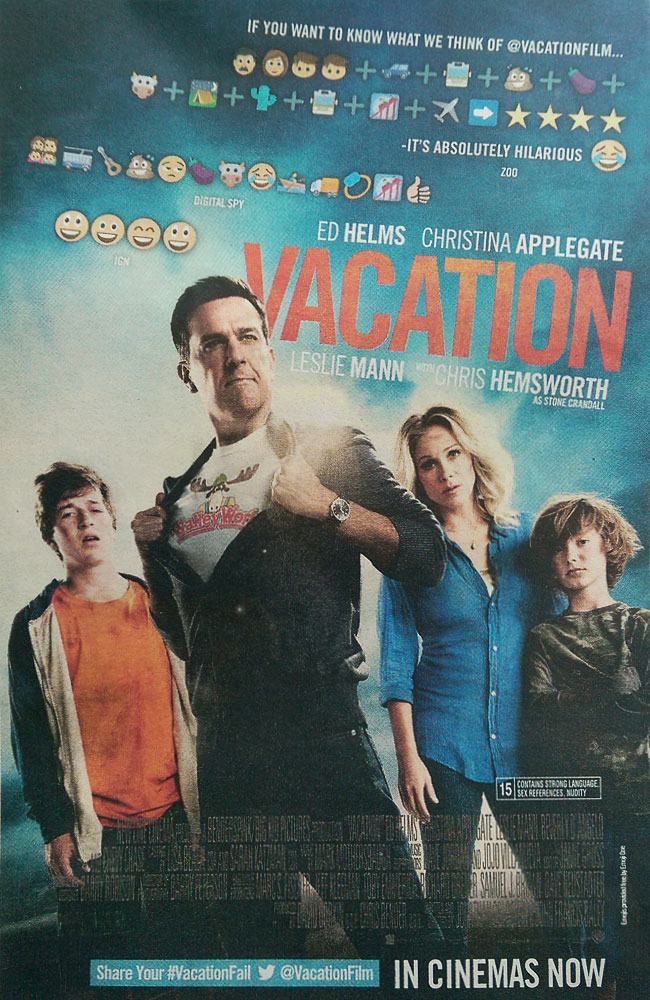The methods we use to communicate are constantly evolving, and nowhere is this more apparent than the rise in use of emoticons. With emojis taking up increasing space on our screens and in our daily lives, communication and humour are relying more and more on tiny, colourful images, and less and less on tiny, black letters.
The ongoing transformation has been reported by Facebook, who recently released findings of how its users express their laughter online.
In short, they found that laughing out loud (LOL) is now quite literally, old news, as the use of the acronym was found to be more popular with those of an older age group when compared to the use of emojis.
Their research is quite in-depth and goes as far as exploring which types of laughter are used within different cities and states across America. If you’re interested in reading more, you can find the article here.
Emojis came into being after computer scientist Scott Fahlman realised his words were failing him when communicating on a forum. When someone submitted a sarcastic post, several users would fail to get the joke and post negative responses.
And so the “sideways smiley” was born when Fahlman strung together a colon, a dash and a bracket to form the well known character sequence resembling a smile : – ) in 1982.
Since then, hundreds of character combinations have been created to aid online communication. Online messaging services such as MSN messenger and AOL have developed image-based versions, which automatically appear upon entering each character combination.
Today, hundreds of emojis are pre-installed on smart phones, ready and waiting for you to input into your message to ensure it is taken in the right context.
Now let’s put the pie charts and facts to one side…
Since reading Facebook’s article, I have noticed several unusual instances of emojis used within advertising instead of text to tell a story. This growing trend shows how the wider industry is responding to the next generation of communication. The new form of self-expression could lead the way to a stronger and more instant relationship between design, communication and marketing, all of which come together in the use of a small, text-message-like icon to get a message across.
McDonald’s have released an outdoor ad campaign featuring a string of custom-made emojis to tell a story with the happy ending being a visit to McDonalds. The technique allows McDonald’s to enter into the chatty, technological world of their everyday customers; it keeps them approachable, fun, and maybe even ‘down with the kids’.
I also came across an ad for a movie called Vacation, which features a number of reviews written entirely in emoticons.
Finally, IKEA have fully embraced the emoticon by releasing their very own customised set, which you can download for use on your smart phone. Their humorous launch video disguises their clever method of pushing the brand’s furniture as a way to allow arguing couples to communicate better over who does the chores!
Thanks for reading! 🙂




